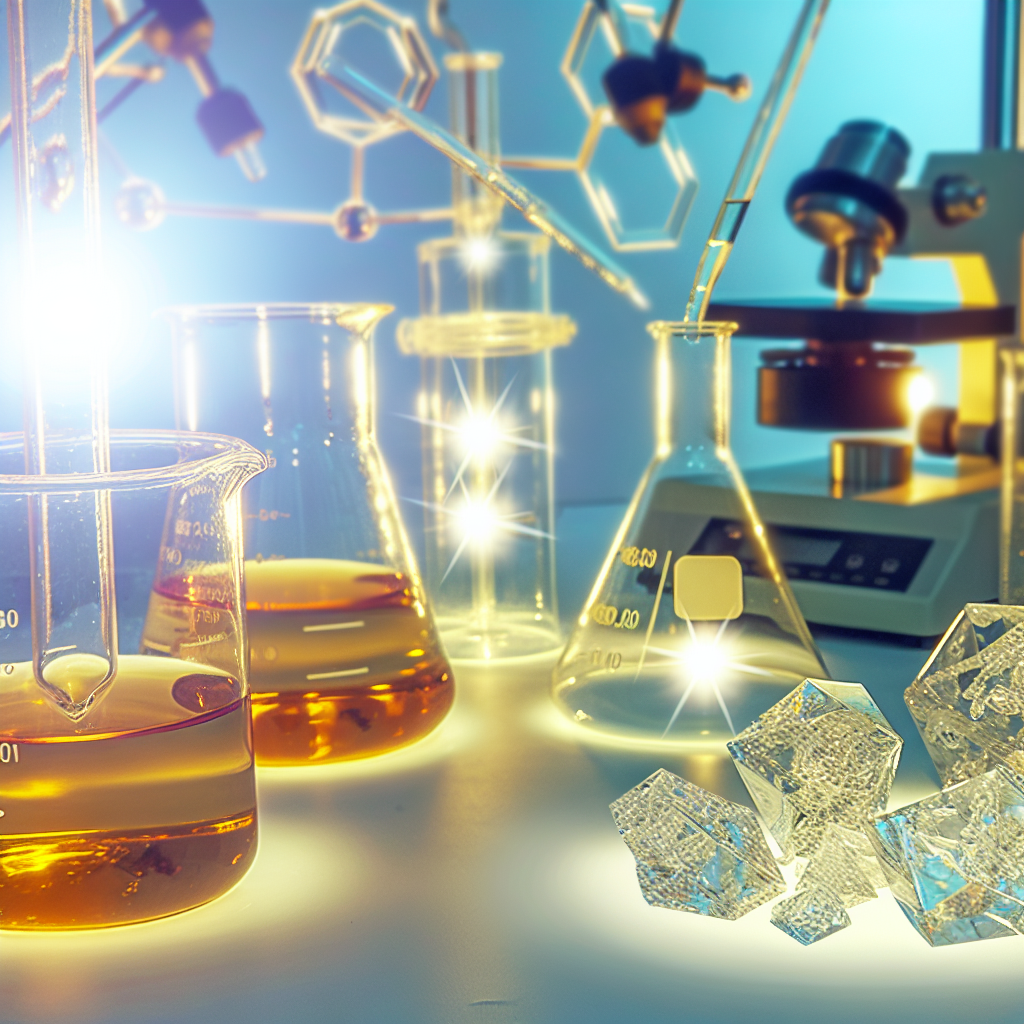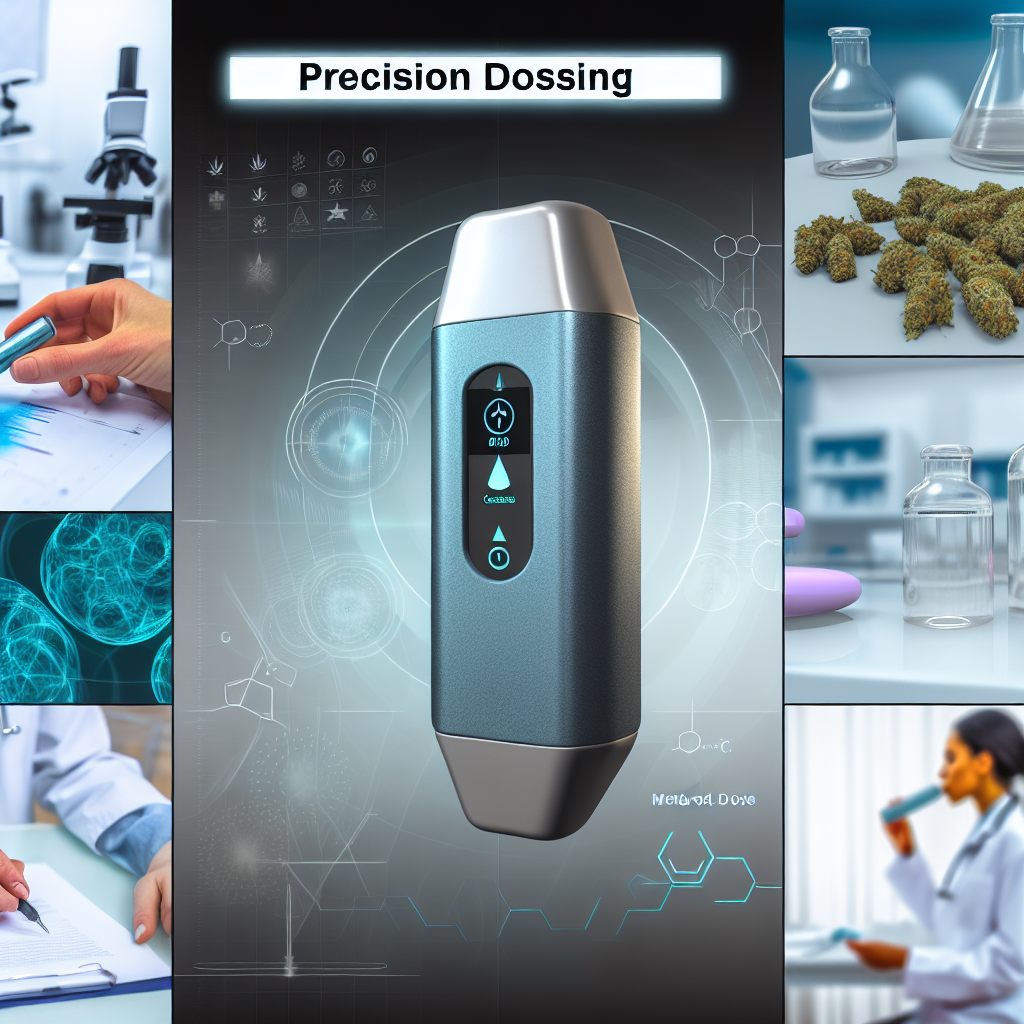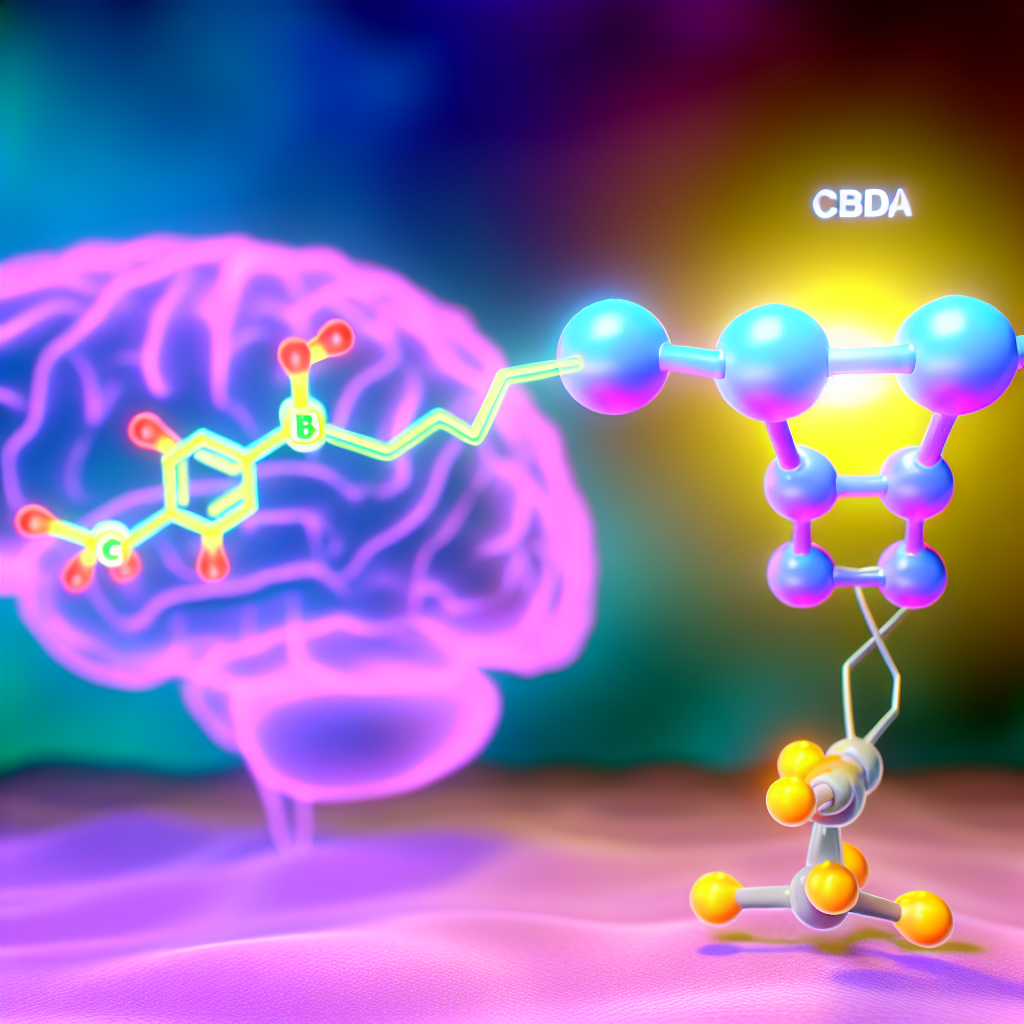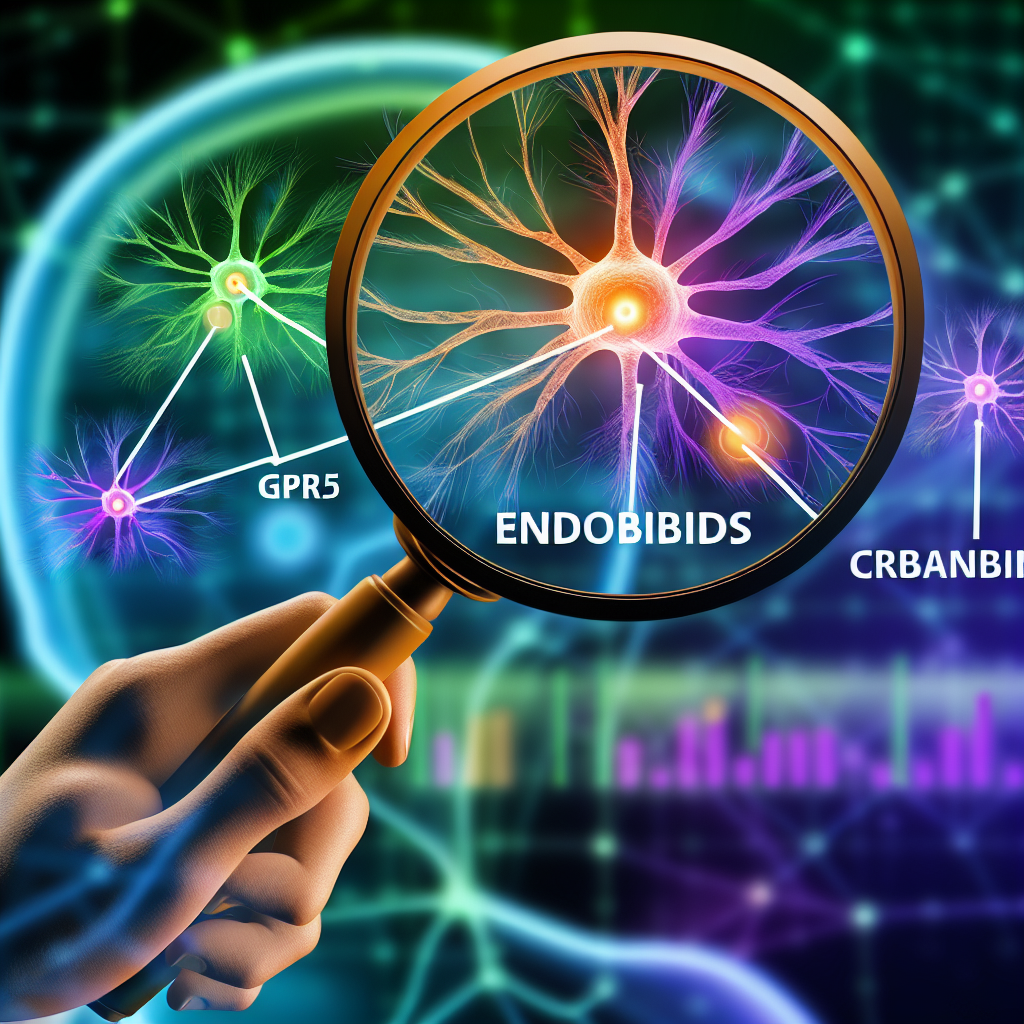Crystalline Cannabinoid Isolation: THCA and CBD Diamonds Production Guide
Discover the science and art behind cannabis diamonds—where purity meets potency.
The Sparkling Rise of THCA and CBD Diamonds
Crystalline cannabinoid isolation is a cutting-edge advancement in cannabis extraction technology that allows for the production of ultra-pure cannabinoids in a solid, crystalline form. Known commonly as “diamonds,” high-purity tetrahydrocannabinolic acid (THCA) and cannabidiol (CBD) isolates are quickly becoming prominent among cannabis enthusiasts and professionals because of their potency, versatility, and aesthetic appeal. These crystalline forms are often referred to as the “caviar” or “jewels” of cannabis concentrates due to their sparkling appearance and elevated cannabinoid concentration—frequently testing at 99% or higher.
THCA and CBD diamonds are both non-psychoactive in their raw forms. THCA must be decarboxylated (typically through the application of heat) to convert into THC, which provides the familiar intoxicating effects. CBD diamonds, conversely, retain their non-psychoactive status even after decarboxylation and are prized for their potential therapeutic benefits such as anti-inflammatory, anxiolytic, and neuroprotective effects.
The production of cannabinoid isolates involves several highly technical steps typically carried out in a controlled laboratory environment. These include hydrocarbon extraction, winterization, filtration, rotary evaporation, and finally, crystallization through a slow purging and cooling process. Advanced knowledge in organic chemistry, process engineering, and the pharmacology of cannabinoids is essential for safe and successful isolation.
Consumer interest in crystalline cannabinoids has increased due to their versatility. Diamonds can be vaporized, dabbed, or combined with terpene-rich sauces for full-spectrum effects. Professionals in the cannabis industry—including extract artists, medical marijuana providers, and researchers—are exploring new protocols and methodologies to push the boundaries of purity, bioavailability, and therapeutic potential.
As demand for precision dosing and ultra-pure cannabis products rises, crystalline cannabinoid isolation stands as a testament to how far cannabis science and extraction technologies have evolved. This guide will walk both consumers and professionals through the production processes, medical relevance, and future implications of THCA and CBD diamonds in the cannabis landscape.
Medical and Professional Insights on Cannabinoid Crystals
Crystalline cannabinoid products like THCA and CBD diamonds are gaining traction not only for their potency and purity but also for their clinical research potential. Unlike full-spectrum extracts, crystalline isolates contain one cannabinoid in isolation, allowing researchers and clinicians to better understand the therapeutic effects of single compounds.
Recent studies highlight CBD’s potent anti-inflammatory and anti-epileptic properties, confirming its value in treating conditions like epilepsy, chronic pain, and neurodegenerative diseases. For example, a 2018 study published in the New England Journal of Medicine showed that CBD significantly reduced the number of seizures in patients with Dravet syndrome, a severe form of epilepsy ([Devinsky et al., 2018](https://www.nejm.org/doi/full/10.1056/NEJMoa1611618)).
THCA, while less studied than its decarboxylated counterpart THC, has begun to draw scientific interest for its unique pharmacological profile. Preclinical studies indicate that THCA may exhibit anti-emetic, neuroprotective, and anti-inflammatory properties without the psychoactive effects typically associated with THC ([Rock et al., 2013](https://pubmed.ncbi.nlm.nih.gov/23415610/)). THCA’s potential in managing conditions like arthritis and neurodegenerative disorders is now under investigation.
The production of crystalline cannabinoids parallels similar pharmaceutical purification techniques, where isolating active compounds in their purest form allows for precise dosing and minimized risk of side effects from synergistic compounds. In clinical settings, purity is essential to standardize treatment outcomes and monitor therapeutic responses accurately.
Moreover, the use of crystalline CBD in pharmaceutical products has gained increasing recognition, with the FDA-approved drug Epidiolex offering a blueprint for future applications. This high-purity CBD formulation helped establish guidelines for cannabinoid use in formal healthcare environments.
Industry professionals are investing in analytical tools like high-performance liquid chromatography (HPLC) and mass spectrometry to ensure crystalline isolate purity and safety. By isolating cannabinoids into their purest form, laboratories can avoid residual solvents, by-products, and contaminants, making diamonds a safer choice for medical applications.
In summary, crystalline cannabinoid isolation not only enhances recreational user experience but also plays a promising role in medical cannabis research and treatment.
How THCA and CBD Diamonds Are Made
Producing THCA and CBD diamonds is a meticulous process that transforms raw plant material into shimmering crystals of purity. Here’s a look at the step-by-step journey:
1. Initial Extraction: The process starts with extracting raw cannabinoids from cannabis biomass using a solvent, typically butane or propane. This hydrocarbon extraction is performed in a closed-loop system to ensure safety and efficiency.
2. Winterization: The crude extract then undergoes winterization, a process of freezing the extract mixed with ethanol to separate fats, lipids, and plant waxes. This step helps in purifying the concentrate before crystallization.
3. Filtration and Purification: After winterization, the mixture is filtered and subjected to rotary evaporation to remove solvents. What remains is a high-potency, terpene-rich concentrate or “sauce” that can later be separated into diamonds and terpenes.
4. Crystallization: The refined extract is sealed in a glass jar or pressure vessel under controlled temperature and pressure. Over time—days to weeks—crystals begin to form and grow within the remaining terpene solution. Factors like saturation level, temperature, and nucleation rate all affect crystal size and quality.
5. Purging and Separation: Once crystal growth stabilizes, the diamonds are separated from the terpene-rich sauce. The sauce can be reintroduced later for flavor and entourage effect or used separately. Final purging removes any minute residual solvents.
6. Testing and Curation: Finally, the diamonds undergo testing through third-party labs to confirm purity levels (often >99% THCA or CBD). Products are then curated, packaged, and labeled accurately with cannabinoid concentration data.
The entire process requires sterile lab environments, precise control of variables, and adherence to rigorous safety standards. Only trained professionals should attempt these methods due to the risks associated with volatile solvents and the intricacies of chemical reactions.
The Future is Bright (and Sparkling) for Cannabinoid Diamonds
Crystalline cannabinoid isolation, specifically the production of THCA and CBD diamonds, demonstrates the sophistication of modern cannabis extraction. With applications spanning recreational enjoyment to high-precision medical treatments, diamonds represent a pinnacle of purity, potency, and potential in the cannabis realm.
As scientific research and extraction technology progress, diamonds will likely become a key component of the cannabis products landscape, offering both professionals and consumers a refined, versatile option for cannabinoid experiences.
References
– Devinsky, O. et al. (2018). Trial of Cannabidiol for Drug-Resistant Seizures in the Dravet Syndrome. New England Journal of Medicine. [View Study](https://www.nejm.org/doi/full/10.1056/NEJMoa1611618)
– Rock, E. M., et al. (2013). Evaluation of the anti-emetic and anti-nausea properties of the acid precursor of delta9-THC, THCA, in rat models. British Journal of Pharmacology. [View Study](https://pubmed.ncbi.nlm.nih.gov/23415610/)
– Epidiolex (Cannabidiol) FDA Summary. (2018). U.S. Food & Drug Administration. [View Release](https://www.fda.gov/news-events/press-announcements/fda-approves-first-drug-comprised-active-ingredient-derived-marijuana-treat-rare-severe-forms)
– Cannabis Business Times (2020). “How to Make THCA Crystals.” [Read Article](https://www.cannabisbusinesstimes.com/article/how-to-make-thca-crystals/)
– Leafly (2021). “What are cannabis diamonds and how are they made?” [Learn More](https://www.leafly.com/news/cannabis-101/what-are-cannabis-diamonds-thca)
For more advanced cannabis knowledge and extraction tutorials, visit us at [bluntys.com](https://bluntys.com).
Summary:
Crystalline cannabinoid isolation, specifically the production of THCA and CBD diamonds, demonstrates the sophistication of modern cannabis extraction. These ultra-pure cannabinoid crystals are gaining popularity for their potency, versatility, and potential therapeutic benefits. The production process involves several technical steps, including hydrocarbon extraction, winterization, filtration, and controlled crystallization. Crystalline cannabinoids are attracting interest in both the recreational and medical cannabis sectors, as they offer precise dosing and the ability to study individual compounds. As research and extraction technologies advance, diamonds are poised to become a key component of the cannabis product landscape, catering to the growing demand for high-purity, high-potency cannabis products.




